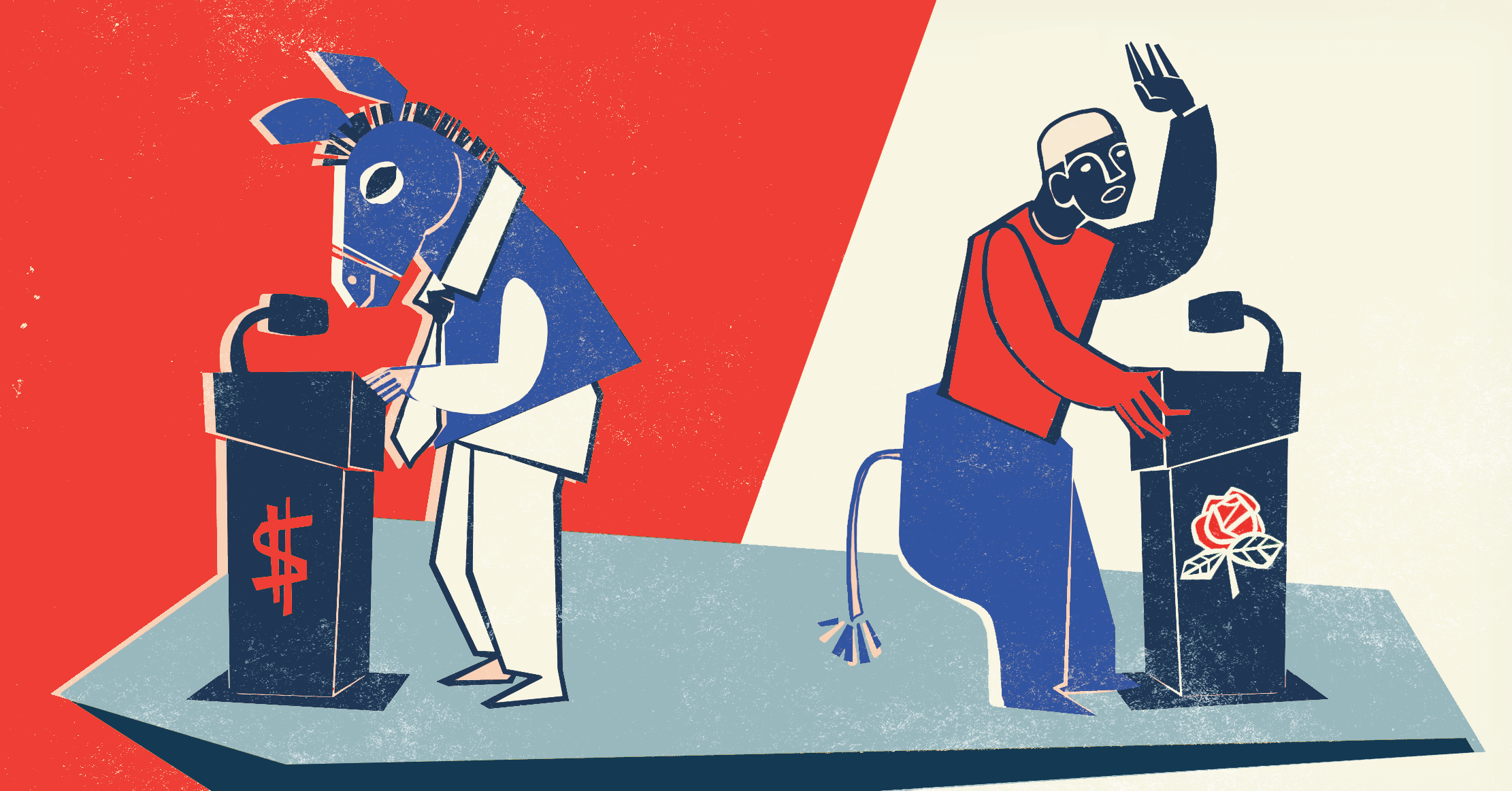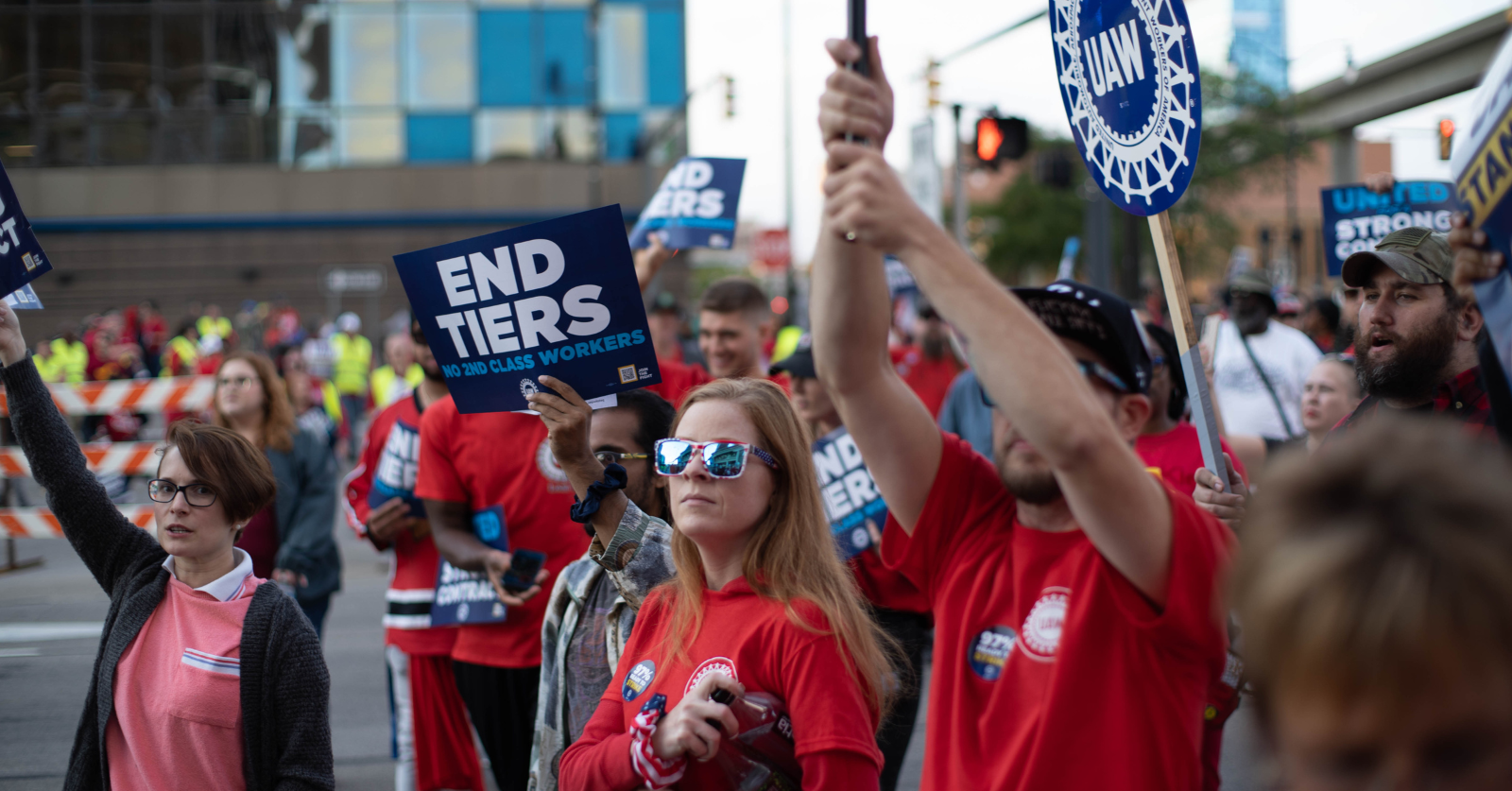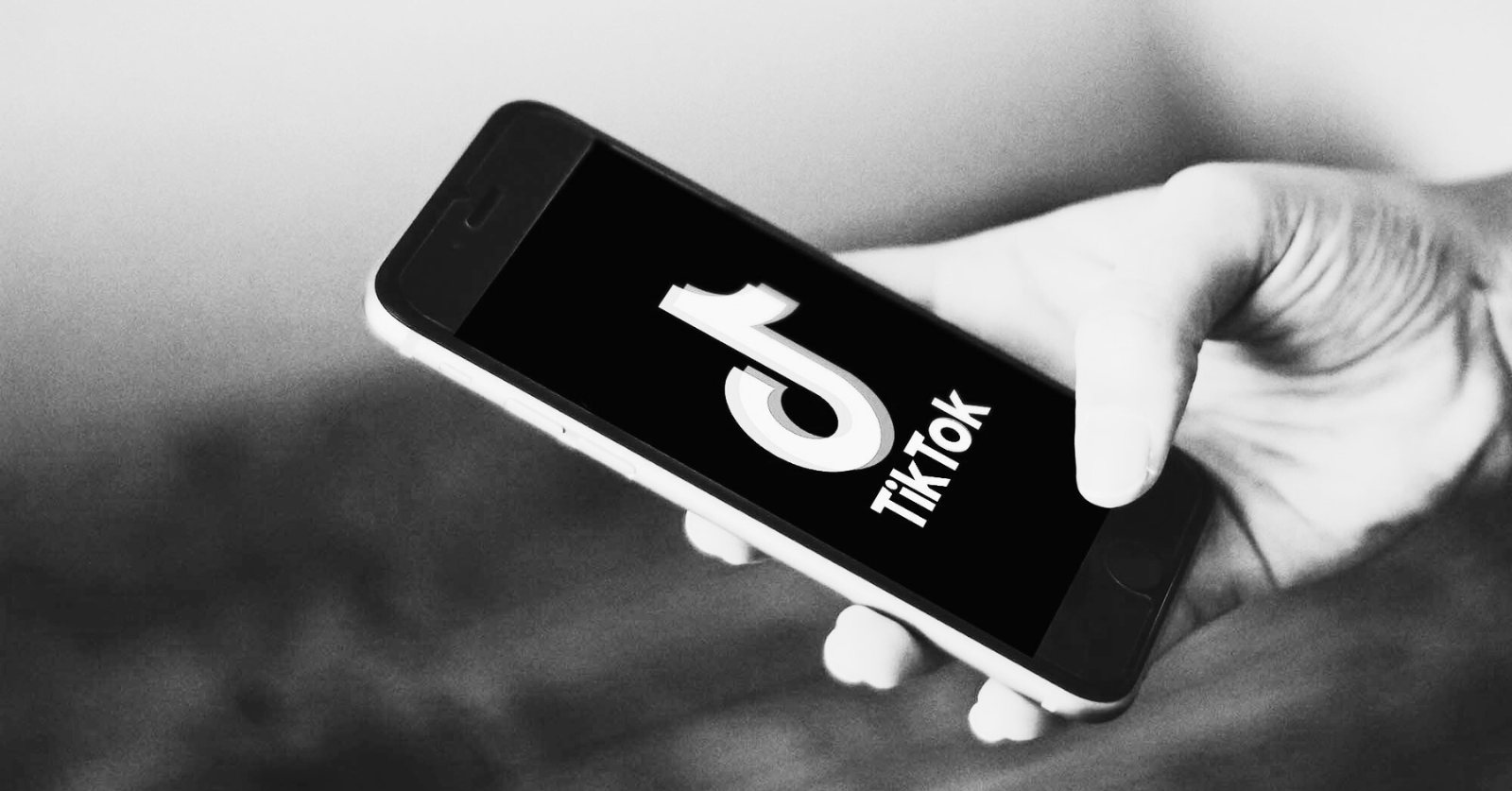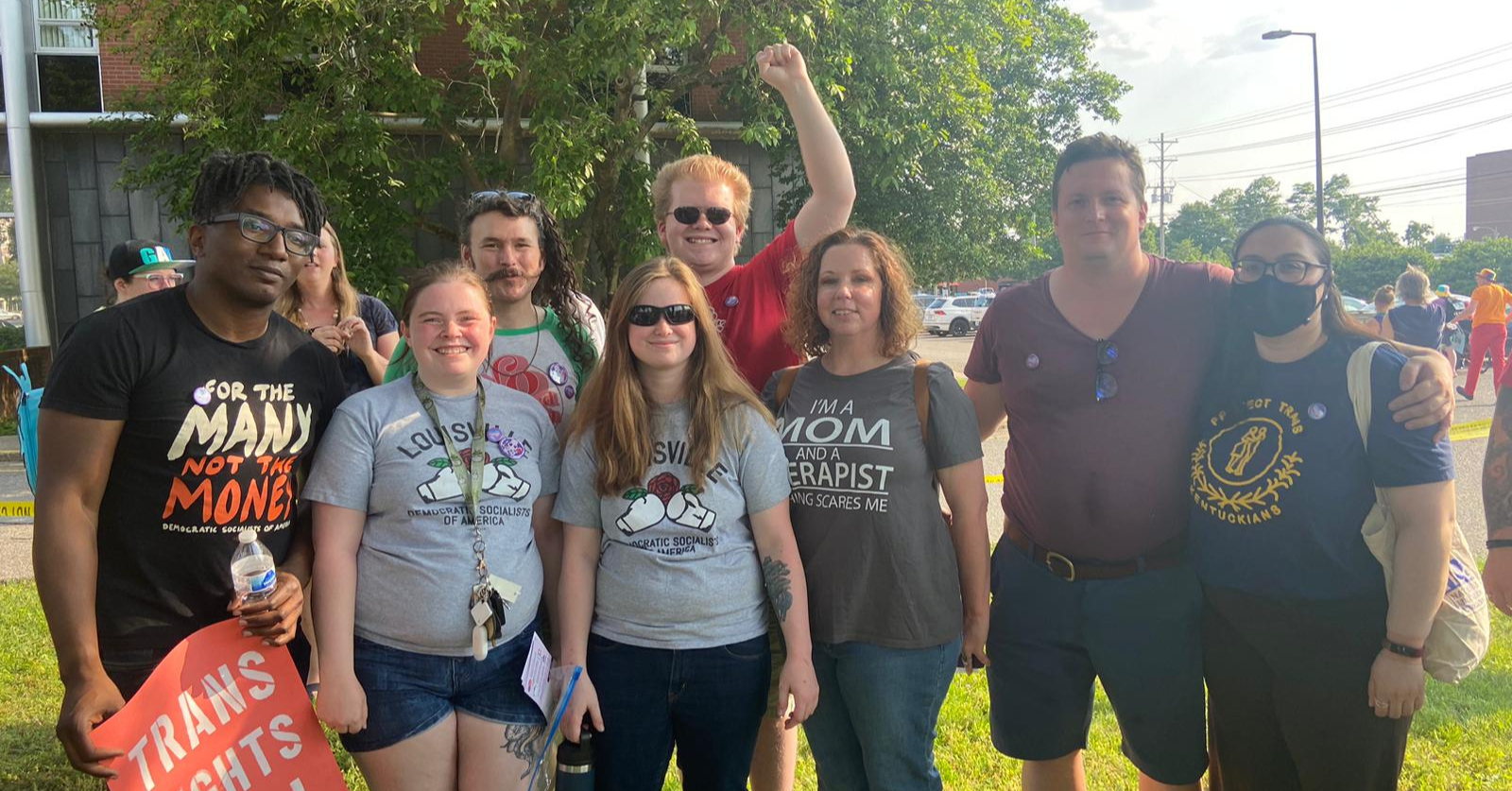The “Knickerbocker Base Ball Club” took the field on April 24, 1849 with a twist. Their players — for the first time in the history of baseball — all wore the same outfit: long blue pants, a white flannel shirt, a leather belt, and a straw hat to top it off. That was how the baseball uniform was born. Other teams quickly followed suit.
Today it would be hard to imagine watching baseball without uniforms. The same could be said for most other sports. Uniforms organize games for us. Sure, some diehard fans know all the players’ numbers, style of play, and faces by heart. They’d follow the game regardless. But most people need the uniforms to help us keep track of who is on whose side and to figure out what’s happening.
Why should socialists care about the Knickerbockers? In a sense, we face a similar challenge to the one that the teams that first played against the newly-uniformed Knickerbockers faced. We’re entering a contest in which the other teams have their uniforms (their political party identities) and we’re stuck struggling to identify ourselves as an independent force.
Some socialists don’t think this is a problem. In an article over at The Organizer, Brad C. makes the case that socialists don’t need their own line. According to Brad, “ballot lines are symbolic, and the rejection of the Democratic one is nothing more than a mood.” (Brad makes many points in the article, but I will focus on this one here.)
Brad of course is right on the first point: ballot lines are symbols. But is Brad right to imply that because they’re symbolic, socialists don’t have to be concerned with them? I don’t think so.
Organizing Conflict
Politics is fundamentally about conflict, and socialists know that better than anyone. In any conflict — be it an argument between friends, a war, or a sports game — some structure naturally develops. Friends on the same side in an argument might move closer together and face off against their opposition. Armies deploy on opposite sides of the battlefield. Teams clump together at the start of a play.
But some conflicts require more structure than others.
In a fight between friends, it would be ridiculous to wear the same outfit to show who was on whose side.
In a battle, though, armies have adopted uniforms, marched under different flags, and used different equipment to help their soldiers distinguish one side from the other.
As in a battle, in a sports game uniforms are used to help players identify who is on their side. Those uniforms also serve a second purpose: they organize the game for the audience.
Political conflict, like the latter two examples, is also organized through symbols. Like in a battle, symbols help candidates identify friend from foe. Like in a sports game, symbols also organize the contest for the audience watching the fight.
But unlike in those other examples, symbols are critically important in politics for a third reason. (Especially if you’re a socialist!) That’s because politics is not just about the combatants actively engaged at the start of the fight. It’s also about what the crowd watching the fight will do. Will they actively join in? Or sit on the sidelines?
The famous political scientist E.E. Schattschneider put it this way in The Semisovereign People: “if a fight starts, watch the crowd, because the crowd plays the decisive role.” Schattschneider made a further simple but compelling observation. In any political conflict the stronger side probably wants to keep the crowd out and the weaker side wants to bring it in. That’s because the stronger side would prefer to maintain the advantage it starts the fight with. The weaker side, meanwhile, would prefer to gamble that the crowd might join it and tip the balance. “Conflicts,” Schattschneider then reasoned, “are frequently won or lost by the success that the contestants have in getting the audience involved in the fight or in excluding it.”
That’s clearly the case for the socialist movement. The success or failure of our project rides on our ability to bring in tens of millions more people into the political process — to turn the “audience” into participants. We need to get them “involved in the fight” (to make them active fighters), we need to make it easy for them to identify who is who in that conflict (to be class conscious), and we need every tool at our disposal to make that happen.
Creating Our Own Identity
An important step in activating those tens of millions is making the lines of conflict clear. For that, we rely on symbols to distinguish ourselves. Without them, we’d struggle to get everyone else to recognize us.
There are of course many symbols we can use to put ourselves forward. We’ve got the rose. The color red. The lower-case “s” version of “socialist.”
Do we really need a ballot line too? For now, the answer seems to be: no. In the races we’re contesting, we’re able to win many primaries without one. As a tactic for establishing ourselves, running in Democratic primaries in the way we have done has been self-evidently effective.
But there is reason to worry that as we run in more and more districts the effectiveness of this tactic might diminish. So far, we’ve done very well in districts with a small but passionate, highly-educated, and downwardly-mobile millennial base (especially in New York City, for example, and a few other big urban areas). These voters pay intense attention to politics. They’re much like the fans who know the players on a team by heart and don’t need uniforms to help them figure out who is who. Moreover, we run in only a handful of races, allowing us to concentrate our limited canvassing power on a small number of districts and to overwhelm the opposition. And the races we run in tend to have extremely low turnout (AOC needed only 17,000 votes to represent 700,000 voters, for example). That allows our core base to show up and tip the elections to us.
This won’t always be the case, though. In the future, if we do our job right, we’ll want to contest districts where our core base of extremely-engaged millennials is not overrepresented. And we’ll want to be able to win election after election without pouring the same level of resources into every district.
Doing so will require developing an identity in the imagination of voters. An identity that is distinct from corporate-funded liberals as well as conservatives. We want our voters to identify as a class and as socialists. We want them to go to the ballot booth with a simple idea in mind: “I’m a socialist, I always vote for the socialist candidates.” A distinct ballot line will make that much easier.
All this is doubly important because of a special feature of American elections: the long ballot. In other countries at election time voters are often asked to vote for a single candidate. With or without a party label, it’s comparatively easy to remember which candidate you prefer.
Not so in the U.S. Here one is asked to vote on upwards of a dozen races (that’s what makes the ballot “long”). When party labels are absent, such as in nonpartisan elections and party primaries, the choices can be overwhelming. Many voters pay little attention to the primary campaigns and pick down-ballot candidates at random — if they show up to vote at all.
This is precisely the problem that ballot lines help solve. By listing candidates according to their party, voters get a critical cue to let them pick those candidates that line up with their own views. They do so based on an understanding of which party they’re most closely aligned with, an understanding that they develop over the course of their lives. This may seem simple, but who can blame them? After a long work week, few Americans have time to become experts on precisely who is who in any given contest. The party ballot line helps organize the conflict for voters. (We want to change the amount of interest people have in politics, of course. But it’s a long and hard slog to do so — and there are objective limits to the amount of time most people will spend learning about politics this side of socialism.)
The truth is, we’re not the only ones concerned with the ballot line. Precisely because of how important it is, managing the Democratic Party’s image is a central concern of party leaders. They fret constantly that the party is being associated with “socialism” and demands like “defund the police.” They do this not because they’re delusional, or stricken by their own weird “mood,” as Brad C. might put it, but because they know how important their party identity is. With thousands of races on the ballot on any given election day, these party leaders know that voters will primarily cast their ballots for “Democrats” and “Republicans” without a strong sense of who each candidate is. We as socialists should be at least as concerned with building our identity in the electorate as those leaders are.
Party leaders are not the only ones who know this is the way the fight is won. Political scientists have demonstrated the powerful effect of “coattails” in most elections. Regardless of where a candidate falls in intra-party disputes, when a party’s president does well, all candidates in that party benefit. When a party’s president does poorly, all candidates suffer. Do we as socialists really want to be punished for the inevitable and severe shortcomings of future Democratic presidents?
None of this should be very surprising for DSA members either. We know the power of the party label better than anyone, perhaps. In our campaigns, we plaster “Democrat for…” prominently on posters and literature for our candidates — precisely because we know how powerful that symbol is for voters who despise Republicans. When we knock on doors, many voters’ first question is: “are they a Democrat?”
The overwhelming majority of voters, whether we like it or not, think this way. They think about politics in terms of Democrat and Republican because those are the choices presented to them on the ballot.
And again, can we blame them? After all, how much do we ourselves know about the balance of political power in Washington, D.C. beyond what party labels tell us? Most of us could say with confidence that the Democrats have a slim majority in the House and the Senate is split 50-50 between the two parties. But within the Democratic Party, what is the balance of power between progressives and corporate Democrats? How close are progressives to having a majority in the party? And who really counts as a progressive? The absence of clear political identities within the Democratic fold makes getting this information extremely difficult.
Looking to the Future
If we as socialists want to be seen as a distinct choice from Republicans and corporate Democrats in the eyes of most voters, we’re going to need to be able to present ourselves eventually in the terms that voters understand and that make those choices obvious. That’ll mean having a ballot line distinct from corporate liberals.
Of course, that could mean we as socialists take over the Democratic line and corporate Democrats quit to form their own distinct party. Or it could mean we’ll be the ones who leave. That debate is for another time. But either way, at some point, we’ll need the clear distinction between us and them that ballot lines provide.
In 1882, the National League’s rules for that year’s baseball games called for a change. The old uniform system was out. Now players, regardless of which team they were on, were supposed to wear an outfit corresponding to their position. First basemen on both teams wore scarlet-and-white striped shirts and a cap. Shortstops wore all maroon. Teams were only distinguishable by the color of their stockings.
The fans hated it. They called these “clown costumes.” And no wonder. Who wants to try to follow a game like that?
The two-party system in the United States forces us as socialists to put on clown costumes of our own for the time being. We’re stuck contesting elections under the same party identity as our enemies. Given the two-party system we work in, there’s no way around it for now. But we shouldn’t make a virtue of a temporary necessity. We should recognize it as the limitation that it is. And we need to keep our eyes on the prize of building a party — and creating the conditions necessary to do so — that is distinct in fact as well as form from our opponents’.




